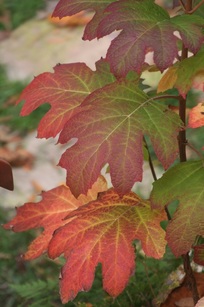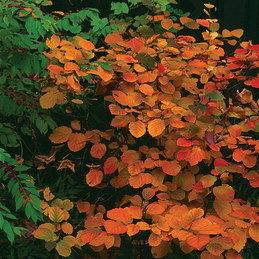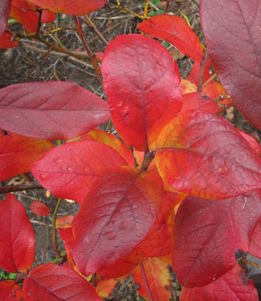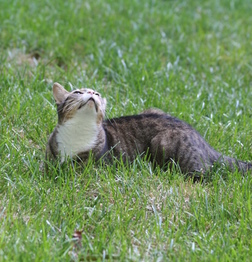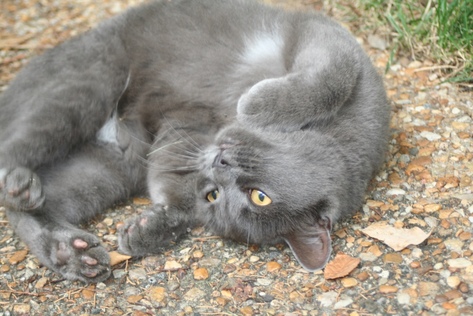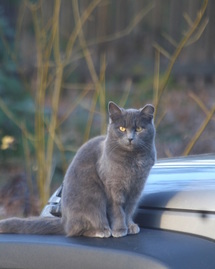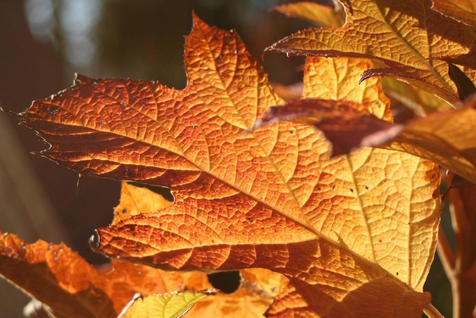We know native plants are better suited to their natural environment and therefore better able to survive extreme conditions. This is true. However, more importantly, our bugs generally prefer native to non-native plants. Wait. What? I can hear the buzz… we’re supposed to draw bugs into our yards for the purpose of eating our plants? Yes, absolutely!
For a complete list of my favorite native plants, sign up for e-news today… http://bit.ly/1VfO46Y
Check your design for a sufficient number of native plants. Next time, we’ll go shopping! I’d be a fool to think Skittles wouldn’t run off because of any affection for me. Up until this point, she had spent two weeks in a very large dog crate and one week in our garage getting use to her new environment, our daily routine of coming and going, and, most importantly, understanding where her food came from. Skittles was a wild cat, after all, and no dummy when it came to survival. And so, at the start of week 4 of the prescribed taming/acclimation process, I let her out into our yard for the first time. I had no idea what to expect and found this part quite interesting. She darted around the yard, quickly absorbing the new sights and sounds, but never ventured too far from familiar territory (the garage) and intermittently ran back there for protection from perceived danger. After several minutes of this back and forth, in and out, I coaxed her into the garage with treats and shut the door, having had enough excitement for one day.
That was Skittles, good to go and relatively easy to tame when compared to Snickers. If Skittles was predictable, Snickers was completely unpredictable. Perhaps it had something to do with their age (Snickers came to us at 7 months of age, Skittles at 4 months) or malnutrition before and after birth. Clearly, Snickers was not the sharpest tool in the shed or was she? Snickers’ fears have always outweighed her love of food, so the process of taming her took a whole lot longer. Two weeks in the dog crate for Skittles became three weeks for Snickers. One training session on the cat door for Skittles took several days for Snickers, but then Snickers also figured out how to unlock the cat door. Go figure. Even now, one minute I can pet her, the next minute I can’t. One minute I can pick her up, the next minute not a chance. Yet she’s the first to come running when she hears my voice and is never far away when I’m in the yard, always just a bit beyond reach. I’m not sure if she’s playing with me or simply has no memory. But, perhaps she’s sharper than the rest of us.
Lest you all think I’ve lost my mind, next time we’ll move on with the process of landscape design. Fall is for planting. Enjoy your yard, the cooler temps, and the way the leaves catch the light of the lower, late day sun. Some tips for working with feral cats:
|
Welcome to my journal. For over 20 years I've created original landscape plans to help homeowners increase property value and really enjoy their yards. I approach every project as an unique opportunity to develop a work of living art, one that will require minimal care and age beautifully with time. In this journal, I will share some of my field experiences and tricks of the trade with you. Feel free to email questions. Thanks for visiting.
Archives
February 2019
|

